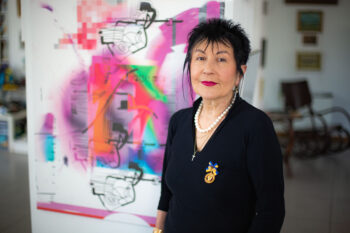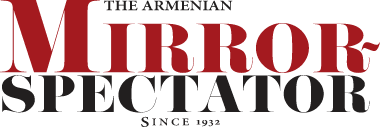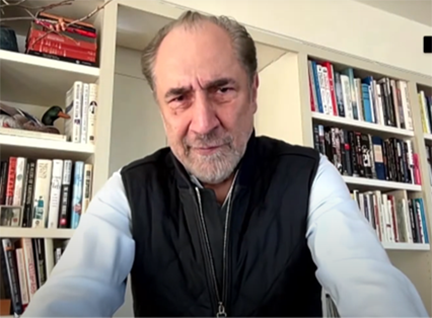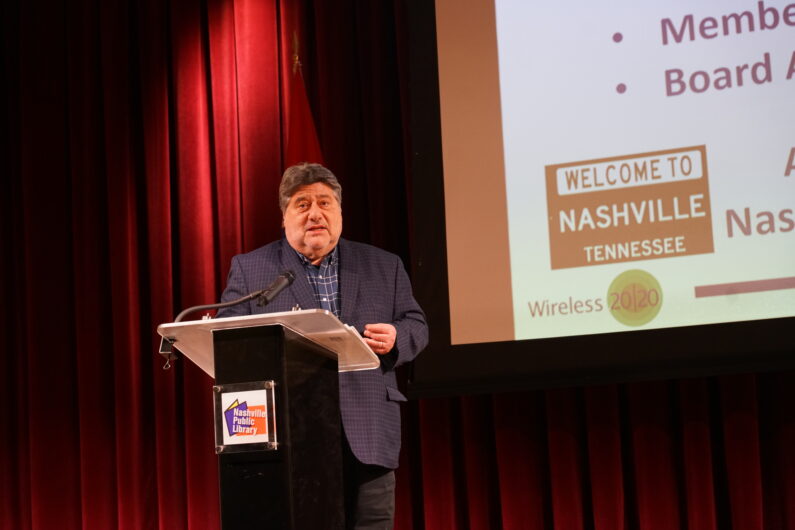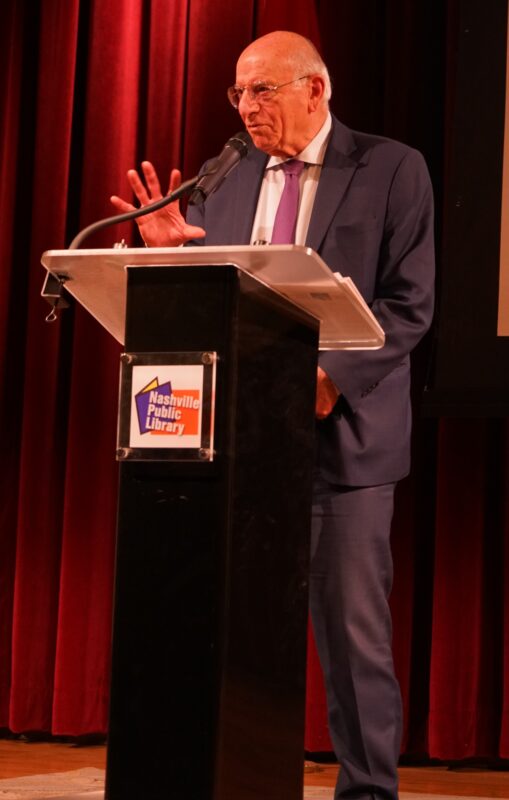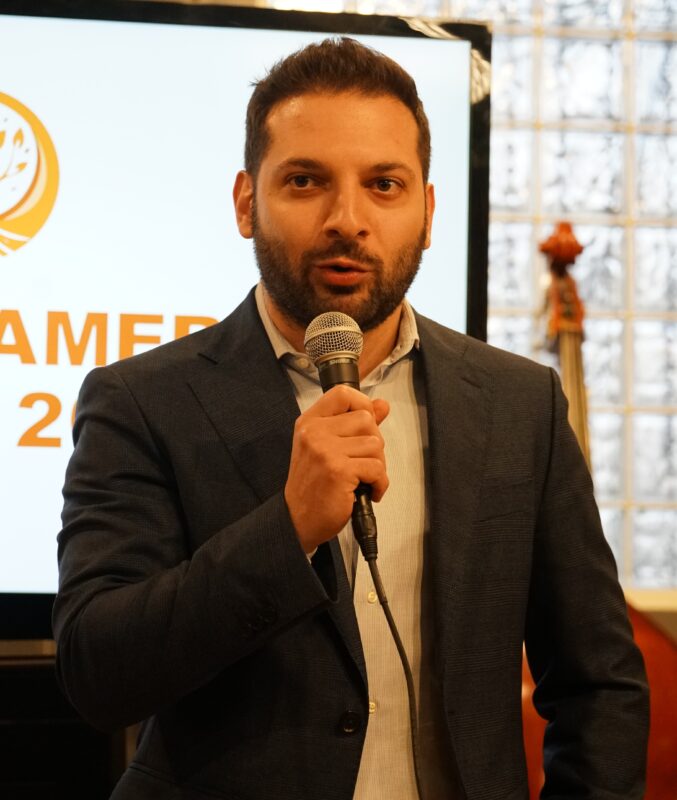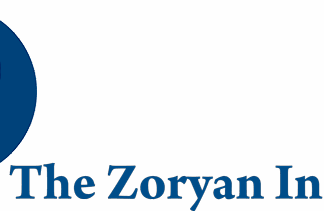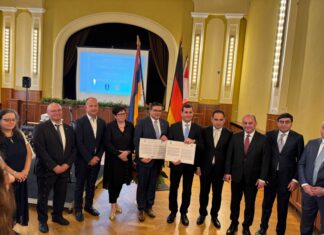NASHVILLE — Nashville was the site of the Armenian American Forum 2025, a weekend conference with representatives from several dozen different Armenian-American organizations from March 7 to 9. This gathering was unusual in a number of different ways.

First, these different and sometimes rival organizations rarely get together publicly to discuss their work in this number. Second, Nashville has a tiny local Armenian community, so it would not normally be considered as a convenient site for a major Armenian event. Third, the primary organizer of the weekend is not a large Armenian organization but rather two local Armenians, Sevan Chorluyan and Naira Ayvazyan, who also are planning something they call the Hyeland Project. This entails the creation of an Armenian settlement in a rural part of Tennessee, which would be organized in accordance with a type of technolibertarian ideology, and though ostensibly the conference had much broader goals it also served to familiarize Armenian-American community leaders with this project.

Chorluyan declared to the participants on the first night of the event: “I think you are all a little bit crazy obviously. You don’t know what this event is about. I hardly know what this event is about. So what that tells me is that you are all very brave people. You guys are a vanguard of Armenian-Americans that are interested to explore what is in our network.”
Chorluyan explained a bit further the next morning that the goal of the weekend was not to work for unity or create joint policy. Instead, he said, it was to find out what was going on in the Armenian community, share what the different organizations and individuals were doing, and learn from one another.
As the activities presented by many of the participant organizations are often covered in this newspaper and it is not possible to cover all presentations, this article will only attempt to briefly summarize the talks concerning technology and finance, including the two keynote presentations by Dr. Garo Armen and Emma Arakelyan, as well as two efforts to analyze Armenian organizational issues. (See a related story on the Hyeland Project here.)
Keynote Speeches
